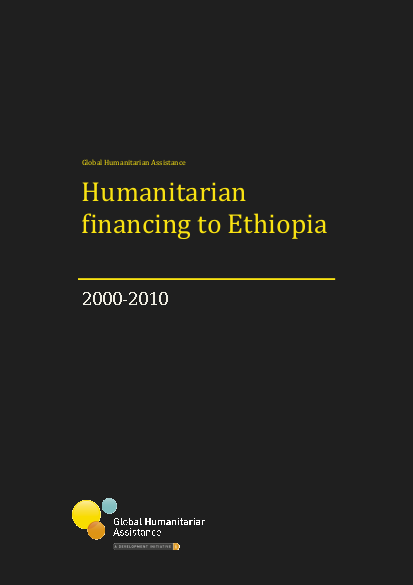
Despite the importance of agriculture to its economy, Ethiopia is heavily dependent on food aid. This is often attributed to natural disasters such as drought (the worst was in 1983 which killed 300,000 people) although some suggest that a growing population and damaging land policies are also to blame. Under Ethiopia's constitution, the state owns all land and provides long-term leases to tenants. This discourages farmers from investing long-term on land they do not own and makes it impossible for them to make use of productive agricultural technologies. Internal and external conflicts have added to Ethiopia’s problems.
Ethiopia is a major recipient of humanitarian aid: between 2001 and 2010, Ethiopia received 6% of the total international humanitarian assistance from governments and private donors. Humanitarian aid to Ethiopia peaked in 2003 (US$804 million) and 2008 (US$886million) when severe droughts affected large numbers of the population. In 2003 12.6 million people were affected, while the drought in 2008 affected 6.4 million people.